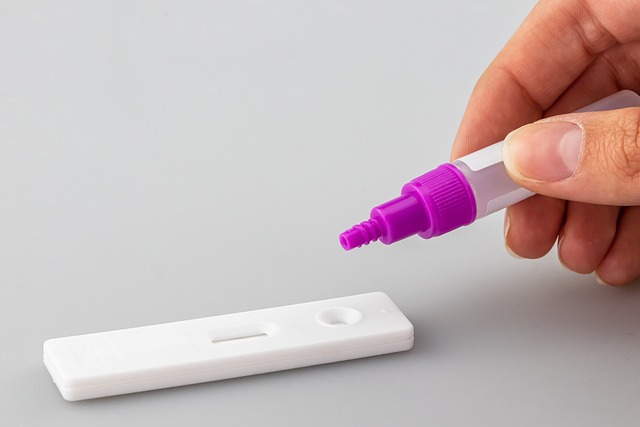Biohacking: A Comprehensive Guide to Optimizing Your Health and Wellness
Biohacking, a term that may sound like science fiction, is rapidly becoming a significant player in the world of health and wellness. While the concept may be relatively new to some, biohacking has its roots in ancient practices and has been redefined by the surge of technological advancements. This article delves into the fascinating world of biohacking, exploring its origins, current trends, and potential impact on our health.

A Journey Through Time: The Evolution of Biohacking
Biohacking, at its core, is the practice of making changes to your lifestyle in order to ‘hack’ your body’s biology and feel your best. This could include anything from adjusting your diet and exercise routine to more advanced techniques like genetic engineering. The concept stems from the age-old quest for human enhancement, dating back to ancient practices like meditation and fasting. However, the term ‘biohacking’ itself was coined in the late 20th century, during the biotechnology boom. The advent of sophisticated technologies and the growing understanding of human biology have since propelled biohacking into a multifaceted field.
Biohacking Today: A Blend of Science and Wellness
In the modern context, biohacking has branched out into several subcategories, each with its unique approach and tools. Nutrigenomics, for instance, explores how our diet can impact our genes, whereas nootropics focus on enhancing cognitive performance through supplements. There’s also a growing trend of using wearable tech and smart devices to track and optimize various health indicators. These innovations, coupled with a holistic understanding of human health, are making biohacking increasingly popular among wellness enthusiasts and health professionals alike.
The Science Behind Biohacking: Promise and Pitfalls
Biohacking holds significant potential for personalized health and wellness. Decoding our genetic makeup, for instance, can lead to personalized diet and exercise plans that work best for our bodies. Similarly, tracking sleep patterns can help optimize rest and recovery, thereby boosting overall well-being. However, it’s essential to approach these practices with caution. Not all biohacks are created equal, and some can even be potentially harmful without proper guidance and oversight. Therefore, it’s always best to consult with a healthcare professional before embarking on a biohacking journey.
Practical Biohacking Strategies
-
Optimizing Sleep: Using devices that track sleep patterns can help identify issues and improve sleep quality.
-
Personalized Nutrition: Genetic testing can help identify dietary needs unique to your genetic makeup.
-
Mindfulness Practices: Techniques like meditation and controlled breathing can help reduce stress and improve cognitive function.
-
Physical Activity: Regular exercise combined with wearables can help optimize workout routines.
In conclusion, biohacking offers exciting possibilities for personalized health and wellness. By blending scientific knowledge with holistic practices, we can optimize our bodies and minds for higher performance and well-being. As with any health practice, it’s important to approach biohacking with a balanced perspective, understanding its potential benefits and challenges. With the right approach and guidance, biohacking can be a powerful tool in our health and wellness repertoire.






